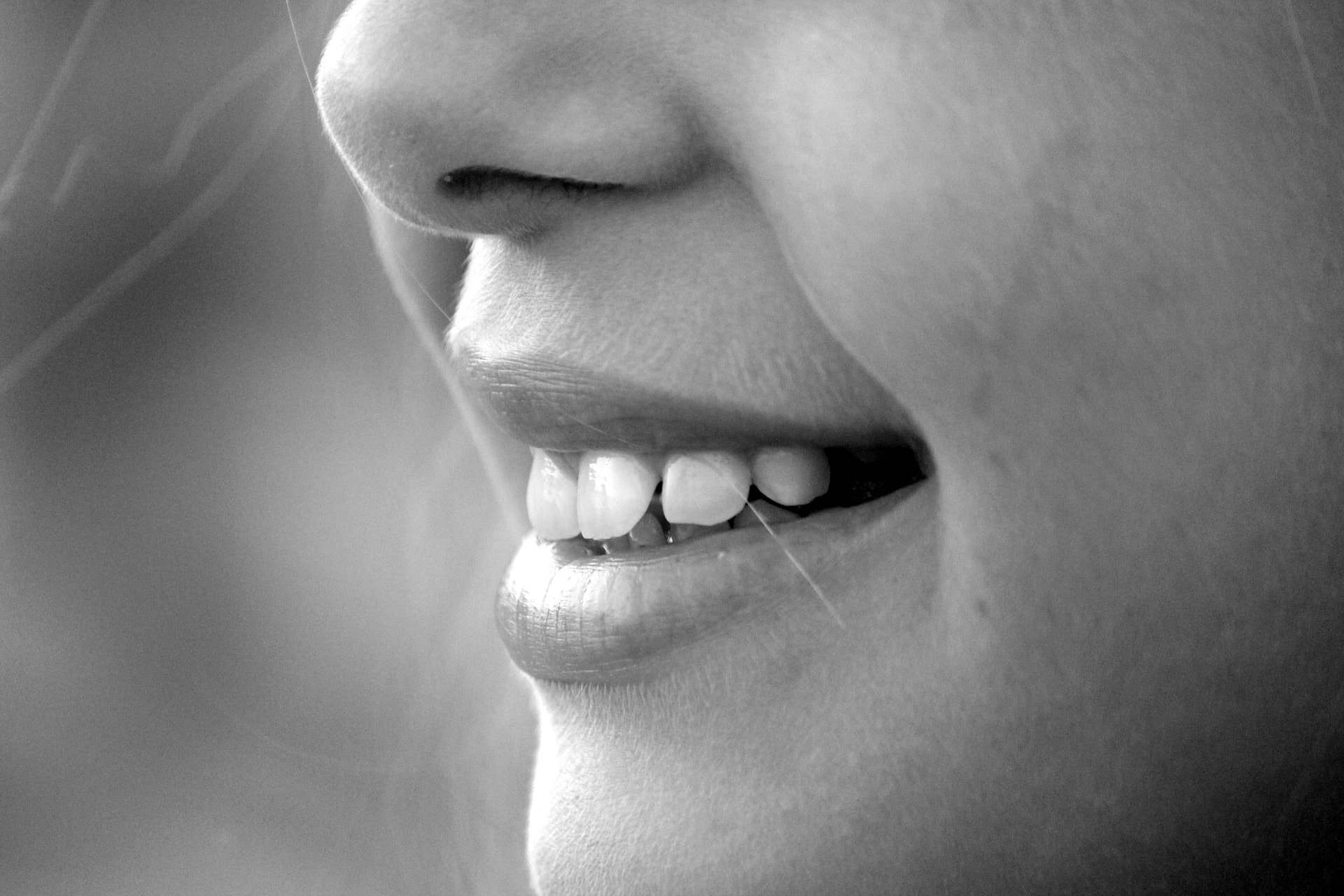
Who was Thich Quang Duc? Thich Quang Duc was a Vietnamese Mahayana Buddhist monk who became a symbol of resistance against oppression. On June 11, 1963, he performed an act of self-immolation in Saigon to protest the persecution of Buddhists by the South Vietnamese government. His sacrifice drew global attention to the plight of Buddhists in Vietnam and highlighted the broader struggle for religious freedom. Duc's legacy lives on as a powerful reminder of the lengths individuals will go to defend their beliefs. His life and actions continue to inspire those who fight for justice and equality.
Key Takeaways:
- Thich Quang Duc, a dedicated Buddhist monk, protested religious discrimination through self-immolation, sparking global attention and contributing to the fall of a regime. His legacy inspires peaceful activism.
- Thich Quang Duc's act of self-immolation continues to influence modern activism, art, and education, serving as a powerful symbol of resistance, sacrifice, and the pursuit of religious freedom.
Early Life and Background
Thich Quang Duc, a Vietnamese Mahayana Buddhist monk, is remembered for his self-immolation in 1963. His life and actions have left a lasting impact on history.
- Born on August 19, 1897, in Hoi Khanh, Vietnam, Thich Quang Duc's birth name was Lam Van Tuc.
- At age seven, he began his religious training under the guidance of his uncle, a Buddhist monk.
- By age 20, he was ordained as a monk and took the name Thich Quang Duc.
- He spent several years living in the mountains, meditating and practicing Buddhism.
Religious Contributions
Thich Quang Duc's dedication to Buddhism was evident through his numerous contributions to the religion and its followers.
- He built 31 pagodas during his lifetime, helping to spread Buddhist teachings.
- He served as the abbot of the Phuoc Hoa Pagoda, a significant religious site in Vietnam.
- Thich Quang Duc was a member of the Unified Buddhist Church of Vietnam, an organization that sought to unify various Buddhist sects.
- He was known for his deep meditation practices and spiritual teachings.
Political Climate and Protest
The political climate in Vietnam during the early 1960s was turbulent, with religious tensions running high. Thich Quang Duc's actions were a response to these tensions.
- The South Vietnamese government, led by President Ngo Dinh Diem, was accused of favoring Catholics and discriminating against Buddhists.
- On May 8, 1963, nine Buddhists were killed during a protest in Hue, sparking further unrest.
- Thich Quang Duc decided to take drastic action to draw attention to the plight of Buddhists in Vietnam.
- He informed his fellow monks of his decision to self-immolate as a form of protest.
The Act of Self-Immolation
Thich Quang Duc's self-immolation on June 11, 1963, remains one of the most powerful acts of protest in history.
- He performed the act at a busy intersection in Saigon, now Ho Chi Minh City.
- Before setting himself on fire, he sat in the lotus position, a traditional meditation pose.
- Fellow monks poured gasoline over him as he chanted a Buddhist prayer.
- The iconic photograph of his self-immolation was taken by Malcolm Browne, an American journalist.
Global Impact and Reactions
Thich Quang Duc's self-immolation had a profound impact on the world, drawing attention to the struggles of Vietnamese Buddhists.
- The photograph of his self-immolation won the 1963 World Press Photo of the Year.
- President John F. Kennedy remarked that "no news picture in history has generated so much emotion around the world."
- The act led to increased international pressure on the South Vietnamese government.
- President Ngo Dinh Diem's regime eventually fell in November 1963, partly due to the global outcry.
Legacy and Memorials
Thich Quang Duc's legacy continues to inspire and remind people of the power of peaceful protest.
- A memorial statue of Thich Quang Duc stands at the site of his self-immolation in Ho Chi Minh City.
- His heart, which reportedly did not burn during the self-immolation, is preserved as a sacred relic.
- The Thich Quang Duc Memorial Hall in Vietnam honors his life and contributions to Buddhism.
- His actions are remembered annually on June 11, known as the Day of Thich Quang Duc.
Personal Life and Beliefs
Thich Quang Duc's personal life and beliefs were deeply intertwined with his religious practices.
- He was known for his humility and simple lifestyle, often wearing plain robes and living in modest accommodations.
- Thich Quang Duc believed in the power of non-violent protest and self-sacrifice.
- He practiced vegetarianism, a common practice among Buddhist monks.
- His teachings emphasized compassion, mindfulness, and the importance of inner peace.
Influence on Modern Activism
Thich Quang Duc's self-immolation has influenced many modern activists and movements.
- His act of self-immolation inspired other monks and nuns to protest in similar ways.
- The image of his self-immolation has been used in various forms of art and media to symbolize resistance and sacrifice.
- His story is taught in schools and universities around the world as an example of peaceful protest.
- Thich Quang Duc's legacy continues to inspire activists fighting for religious freedom and human rights.
Cultural Representations
Thich Quang Duc's life and self-immolation have been depicted in various cultural works.
- The 1987 film "The Killing Fields" features a scene inspired by his self-immolation.
- Several books and documentaries have been made about his life and the impact of his protest.
- Artists have created paintings, sculptures, and other works to honor his memory.
- His story has been referenced in songs, poems, and other forms of literature.
Remembering Thich Quang Duc
Thich Quang Duc's self-immolation in 1963 remains a powerful symbol of protest and sacrifice. His act wasn't just about opposing the South Vietnamese government's policies; it highlighted the lengths one would go to for their beliefs. This monk's legacy continues to inspire many around the world, reminding us of the importance of standing up for justice and compassion. His life and death teach us about the strength of conviction and the impact one individual can have on society. By learning about Thich Quang Duc, we gain insight into the broader struggles for religious freedom and human rights. His story is a testament to the enduring power of peaceful protest. As we reflect on his sacrifice, let's strive to uphold the values he championed, ensuring his message of peace and resilience lives on.
Frequently Asked Questions
Was this page helpful?
Our commitment to delivering trustworthy and engaging content is at the heart of what we do. Each fact on our site is contributed by real users like you, bringing a wealth of diverse insights and information. To ensure the highest standards of accuracy and reliability, our dedicated editors meticulously review each submission. This process guarantees that the facts we share are not only fascinating but also credible. Trust in our commitment to quality and authenticity as you explore and learn with us.


